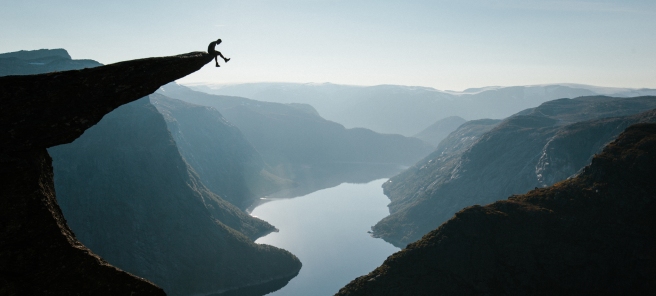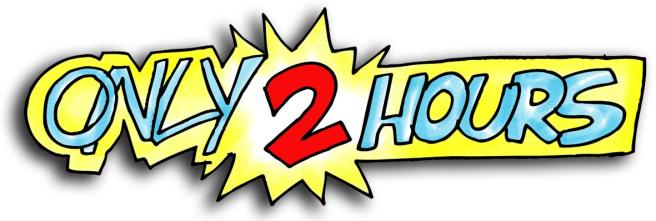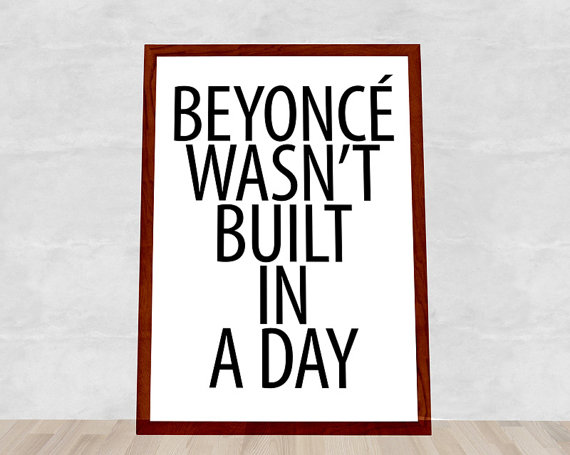Poetics:
In beginning my project I thought about myself as a whole personality, trying to figure out a lay-out that would compliment my digital identity. In choosing a theme, organization was most important to me; my social presence is very faint. While I know how to use a lot of media platforms, I do not overly share on them: posting status, images everyday, or sharing my meals. If I deleted my social media presence, I do believe my world would still go round. When I was putting together my webpage my goal was to have the organization of age be a huge factor. To me, this was important because growing up I didn’t experience a lot of online activity, I wasn’t allowed to have a Facebook until I was in high school! Getting a late start into media made my understanding of it a little weaker, but I still enjoy it nonetheless.
Ages 1-9 was not a phase of much digital exposure, but my main connection to the media and digital world was through Disney movies and software programs. The Photo I collaged on the 1-9 page was my favorite. I chose a vibrant colored canvas and the artsy map of the world to represent the new experiences of media and the complete submerging into this new world. The mermaid opening the small treasure chest is to represent discovery and the unknown, while the line of black and white colored pencils is to signify the simplicity of a childhood mind-state.
The 10-12 page was seemingly the breakthrough phase of technology and my digital identity. I became very interested in taking pictures, instant messaging friends, and utilizing the internet to find what I was looking for. The GIF at the bottom of the page says it all, it is Jim from “The Office” saying “YES!” and it represents the excitement I felt over all the new developments that were happening in the world. Finding how I could utilize these platforms to enhance my friendships, as a middle-schooler was very intriguing. At this point in my life I attended a Catholic school with little technology, so Instant Messaging when I got home was a huge deal.
From ages 13-16 music was a huge part of my life. I was in Concert Choirs and iTunes was my best friend. The excitement of online music was readily accessible to me and listening to whatever I wanted was always possible. At this point, from the beginning to 3/4 through high school, I learned the value of a good computer system, and the tediousness of the work one must do for assignments. (This is why I included the sleeping cat on the keyboard.) My favorite thing on this page is the GIF of the guy punching through the computer because 1. Technology can get scary in many ways. 2. I had this maze game trick played on me in High School!
Reflection:
Having a very low-key social media and digital presence has made me somewhat paranoid to the possibilities of the internet. In a way, I am glad for not being able to have a Facebook until I was in High school because it prevented me from making any embarrassing posts or mistakes that I could have made at a younger age. I appreciate more-so now, the virtue of discretion. Looking at myself through this project I realize how guarded and private I am when it comes to sharing my life. My social medias are all set on private, I don’t post for likes, and I rarely post anything at all. My media and digital identities circle around my love for beauty products, tutorials, and aspirations. As of last month I was accepted into FIDM in LA, so my digital identity reveals a lot of excitement around that right now. I also see that I really love to learn, the internet has taught me a lot of things I would have never known (not only pertaining to makeup) but, lifestyle choices, current events, and school related things. I focus a lot of my time on “pretty things” I love to see how others in the world, make their worlds’ beautiful and find inspiration in that. My digital identity in that sense is very prevalent, because right now out society spends a lot of time searching for beauty, but not inspiration on how to make beauty themselves. I love finding new ways to make myself and those around me more positive in life, this is one of them. My advancement in technology has come leaps and bounds. I could hardly text with my first phone, and now I run two Facebook pages and help run a successful Etsy shop part-time. Digital media has come far in the past twenty years, and in the ten that I have been involved, I have learned a lot. But, I have also been scared by it. Media and the Government is a big issue for me, the lack of privacy, even when settings are private, always looms in the back of my head. I think this is a good skill however, to keep things minimal and PG when posting, because in the past six years I have learned how easy it is for your future employers to look in on your past, and they do do it! I think everyone needs to start off learning to post things that they wouldn’t mind their grandmother seeing. My digital Identity has expanded, but not much, I still have a lot to learn and I am loving figuring out how to live in the digital world today.









